In part I of "Luna and her people," I told you about Julia Butterfly Hill, the extraordinary woman who lived high in the branches of an iconic redwood for more than two years, in the late 1990s.
After achieving her goal of a no-harm agreement from the lumber company that owns the northern California forest where Luna lives, Julia ended her epic tree sit. Then she spent quite a few years traveling the world as a speaker and environmental activist. She also wrote a book, The Legacy of Luna, and founded a nonprofit called Circle of Life.
What of Luna, though? How is the ancient redwood doing today?
It’s almost 25 years since Julia climbed down from her perch. The next chapter of Luna’s story is also dramatic, but in a different way. It involves a promise, a commitment, and healing from hatred.
Pacific Lumber Company’s promise in 1999 was to never log any trees within a three-acre protected zone around Luna. (At first they agreed only that they wouldn’t cut Luna. Julia, understanding how trees rely on one another for stability, insisted that the forest around Luna be protected, too.)
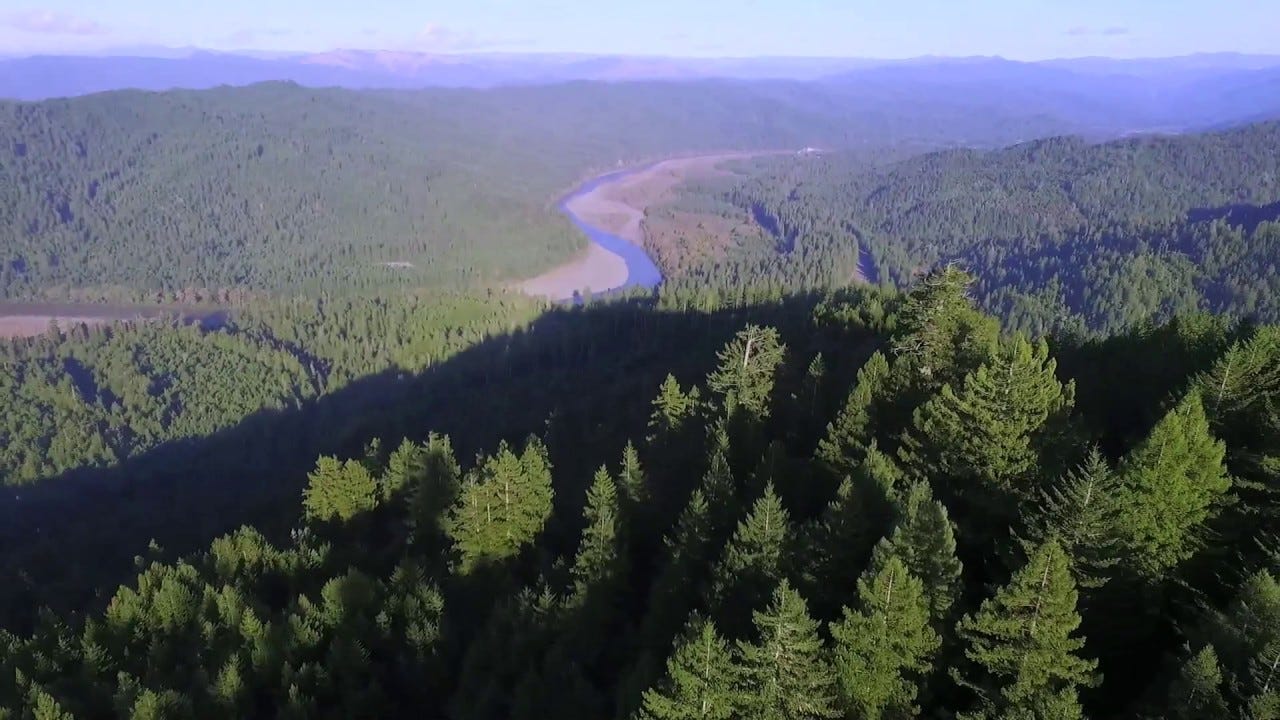
The covenant was signed by Julia Butterfly Hill and representatives of PLC. It names a nonprofit land trust called Sanctuary Forest as the entity that will act as monitor of the agreement. That’s where commitment comes in.
Sanctuary Forest, which is based in Whitethorn, California, is tasked with monitoring Luna and the forest around her “in perpetuity.” If you think that sounds like a big job, you’re right.
As Stuart Moskowitz says, “Perpetuity is a very long time. We do not take this responsibility lightly.”
Stuart is a volunteer board member of Sanctuary Forest. As soon as the organization agreed to help protect Luna, Stuart became the lead monitor. In other words, he’s the person who keeps tabs on Luna’s health and well-being.
Maybe that’s an odd assignment for someone who’s not a forester. Stuart is a retired professor of mathematics at Humboldt State University. But he has the heart for this job. And he’s been doing it faithfully for almost a quarter-century.
Unfortunately, someone else – someone with a heart full of hatred – felt differently.
During Thanksgiving weekend 2000, almost a year after Julia descended from Luna, a huge cut was discovered in the 1,000-year-old tree’s trunk.
The wound extended three feet into the redwood’s massive trunk, and more than halfway around her 40-foot circumference – not far enough to topple Luna, but enough to damage her, perhaps fatally, by interrupting the flow of nutrients.
Experts estimated the vandal used a chainsaw with a bar at least three feet long.
(Luna’s attacker has never been found. I know that karma will somehow, eventually, catch up with that person. If it hasn’t already.)
As the alarm went out, a team of foresters and scientists climbed the mountainside to visit Luna and assess the damage. Winter was approaching. They feared that high winds could bring down the crippled tree.
Even if she somehow remained standing, dieback was predicted at her crown – and eventually, death of the whole tree.
The experts sprang into action. (Surprisingly, the group included representatives from the logging company!) Within 24 hours they had designed and fabricated large iron braces that resembled butterfly bandages.
They also consulted Julia about what kind of “glue” she thought might be appropriate to seal the cut. She insisted that only natural materials be used. After talking with a Native American healer, they came up with a homecrafted compound based on his recommendation: local clay mixed with bear saliva.
The other ingredient was something Julia called “Luna tincture” — a remedy she had made while living in the tree. It contained bits of Luna’s bark, sap, and needles, distilled in brandy.
The healing compound was carefully packed into the wound. Then the metal braces were drilled into the trunk. Finally, a steel collar was placed about halfway up Luna’s trunk and attached to four cables anchored onto nearby “sister” trees, to help steady the venerable elder.
To everyone’s relief and delight, Luna has remained healthy. There was minimal dieback at her crown. Every year she produces new foliage.
“While the attack was devastating … observing Luna’s response has given us a greater understanding about the resilience of redwoods,” Stuart says.
Stuart now checks on Luna two or three times a year. The land (and the easement protecting Luna) was transferred in 2008 to Humboldt Redwood Company, after Pacific Lumber Company went bankrupt.
The area is not open to the public. Whenever Stuart visits the tree, he is required by the easement agreement to notify Humboldt Redwood Company in advance.
Sometimes he makes the trek alone. Other times, he has an assistant or two with him.
“While it’s not a long hike (from the road),” he says, “It’s steep and slippery. I’m grateful I remain healthy enough to walk the trail.”
Once he arrives at the base of Luna, Stuart examines and documents any changes he sees. Happily, he reports that in the 20-plus years since the chainsaw attack, the tree has steadily grown new tissue over the cut.
“Luna is healing herself,” he says.
(This, I think, is where trees are superior to humans. Consider this quiet miracle: An ancient, sentient being spends 20 years — a mere sliver of her long life — growing new tissue over a wound. Self-healing the place where she was viciously attacked. “Forgiveness” is not even needed. Only patience, and grace.)
Another feature of each visit Stuart makes is simply relaxing with his old friend.
“Sitting at Luna’s base gives me a direct connection,” he says. “I can literally feel her presence. I contemplate, I listen.”
There are several “goosepens” in Luna’s trunk – natural crevices large enough for a person to crawl into. Curling up in one of those, Stuart does whatever he feels like. He might write in a journal, eat a snack, take a nap, daydream, meditate. Sometimes he re-dresses the wound with a few drops of “Luna tincture.”
“When I get back onto my feet,” he says, “I feel comforted, refreshed, and rejuvenated.”
In 2016, a French film crew accompanied Stuart to see Luna. They made a documentary which aired on European public television. Here’s a glimpse of it, featuring drone footage of Luna in all her glory, plus Stuart talking about his work as her protector.
(Fair warning: If you’re a weeper like me, this simple, three-minute preview might provoke a few tears. Yes, it’s that moving.)
“We still get inquiries about Luna from around the world,” Stuart says.
Every few years, he posts a “Luna Update” on the Sanctuary Forest website. In the 2021 update, he lists the many books, films, songs, and other productions featuring Luna.
Stuart feels that Luna’s “voice” can transmit a powerful, urgent message about our climate crisis. Her story reminds us of the critically important role played by old-growth forests.
“I continue to be amazed how Luna still has a microphone and the world still listens,” he says. “But I also know that Luna needs a liaison. She can’t do it herself. And I guess I’ve become that liaison.”
The mathematician with a heart is humble when it comes to the immense responsibility that fell onto his shoulders.
“I never sought to be the caretaker of a tree. It feels more as if Luna came looking for me.”
If you’d like to help with the care and protection of Luna, tax-deductible donations to Sanctuary Forest are welcome. You can send your contribution here.




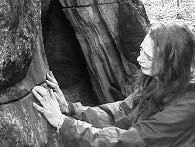
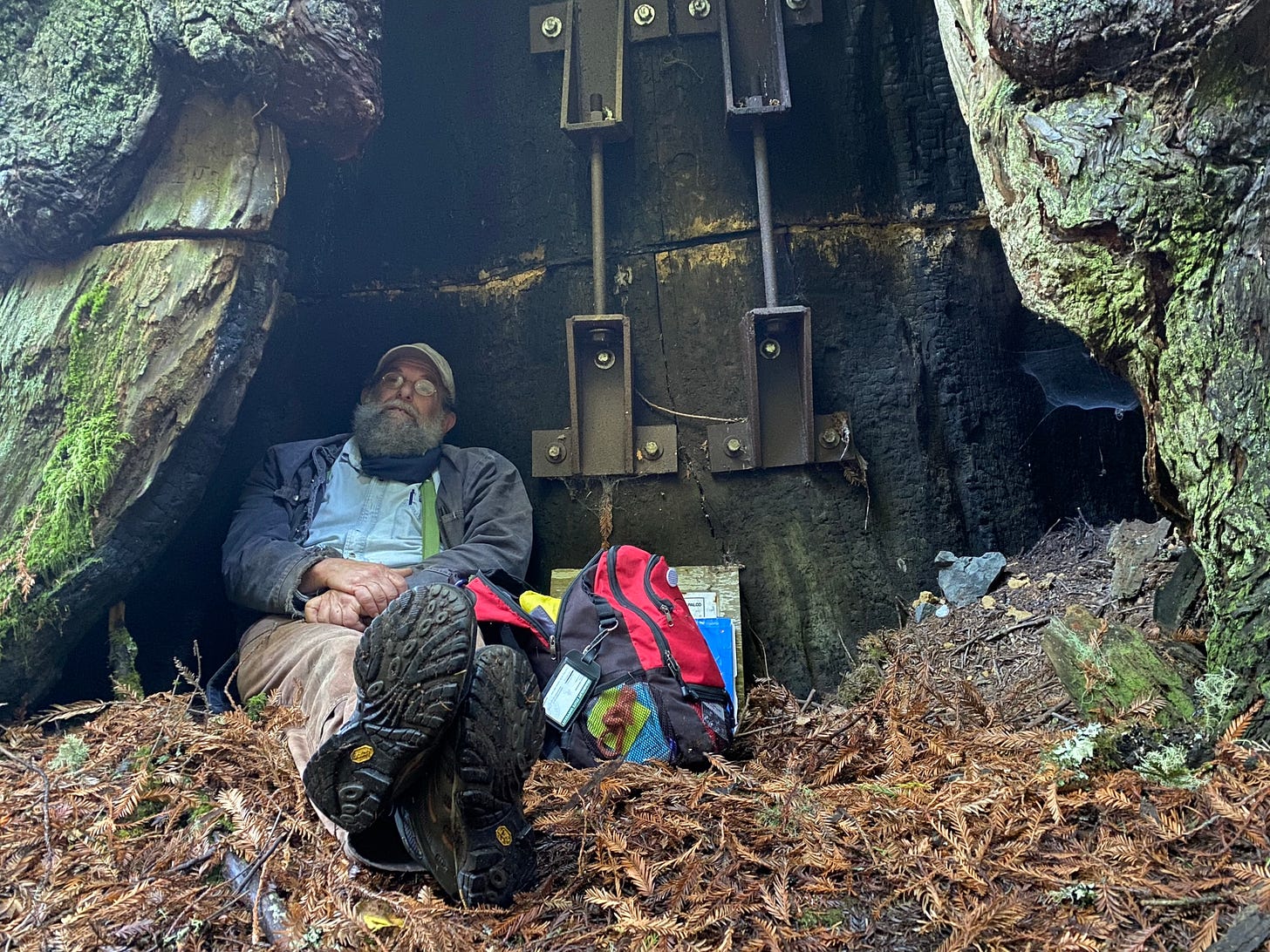
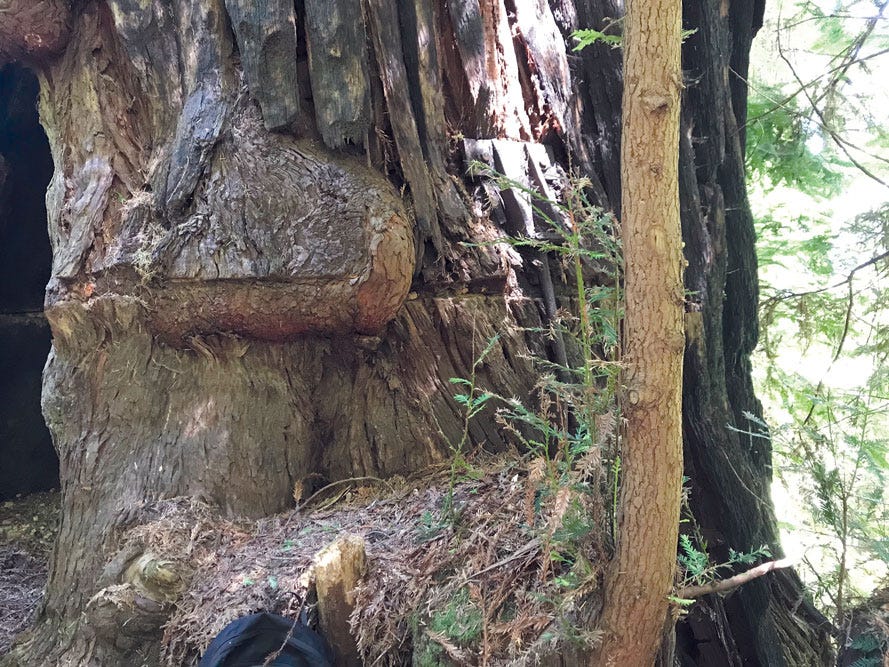
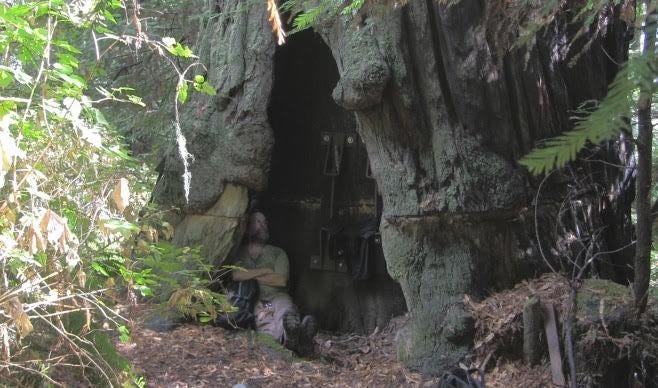
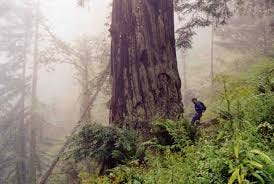

I also really hope the monster who cut into Luna got what was coming to him.
What a beautiful and inspiring story. Thank you for covering it.
Beautiful story!